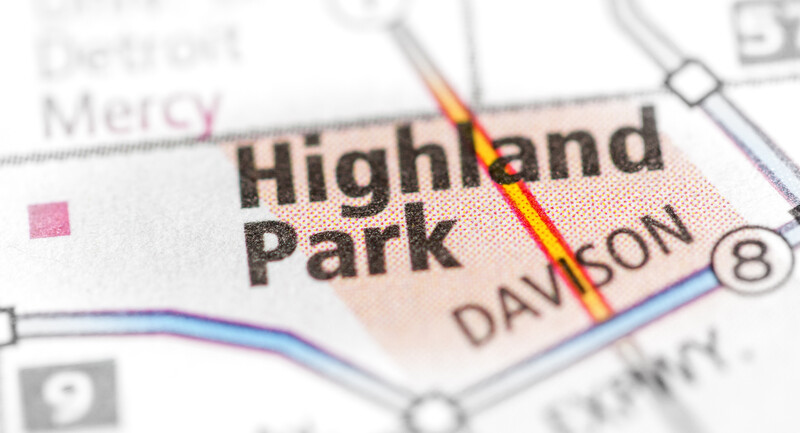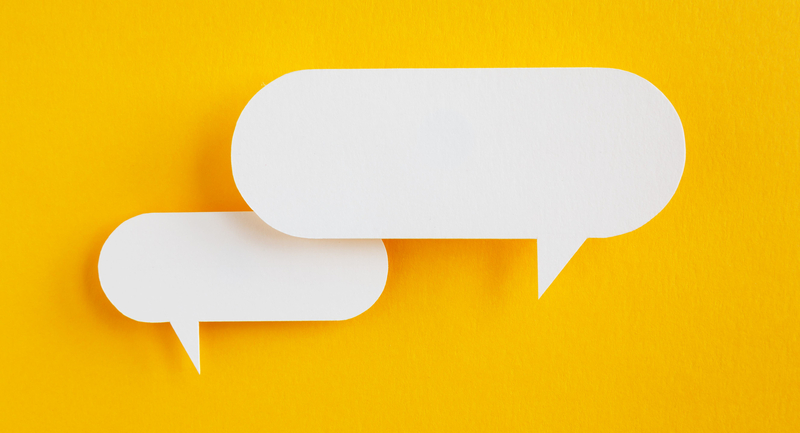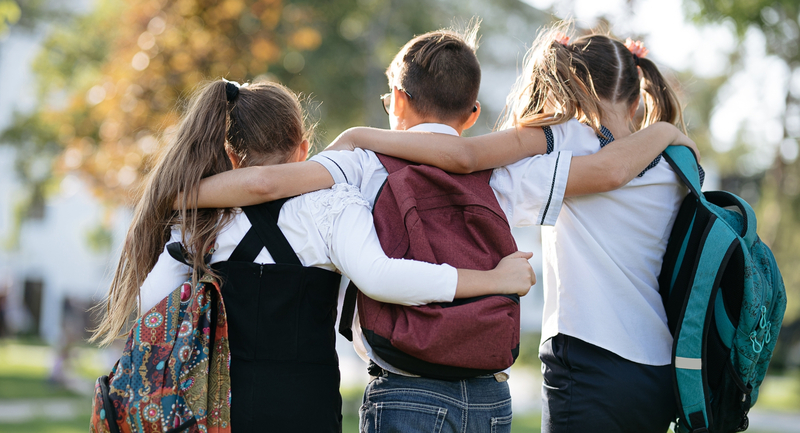I live in Highland Park, Illinois. A couple of weeks ago, my city may not have been on your radar. Today, though, you likely associate Highland Park with the horrific mass shooting that happened during our July 4th parade—the one that took seven lives, injured dozens, orphaned a toddler, and paralyzed an 8-year-old. Hundreds if not thousands of lives were significantly impacted at the hands of a 21-year-old lifelong Highland Park resident that day.
I find myself incapable of properly articulating my emotions over this past week. I vacillate from feeling profoundly sad to raging with anger to harboring deep guilt. The one feeling, however, that has taken the greatest toll has been a sense of helplessness. I feel helpless.
The need and the desire by many of us to do something is palpable. The response out of Highland Park and its neighboring cities has been nothing short of remarkable: There are GoFundMe initiatives, meal trains, talk therapy, equine therapy, play therapy, offers to watch children, offers to drive people to doctor appointments, complementary services and products, and much more.
But none of these efforts feel like enough. Not even close. What we all crave is the opportunity to go back in time and prevent this tragedy from happening in the first place. Of course, this is impossible. So, what can be done?
Carrie Heller, a friend, said it best in Facebook post:
I am not looking to engage in a political debate about gun control or mental health awareness (both of which need to be addressed in the U.S.), but I'm pleading for you to take a moment to reach out to a friend, neighbor, coworker, family member, or loved one to check in and authentically CONNECT. Ask them how they're doing, what they're up to, how their summer is... I truly believe another major issue looming in our society is the disconnection of its members.
I am not a therapist, but I am aware of how social media and the internet has changed our way of life. We all walk around with our own agendas these days (I am guilty of this as well), wearing AirPods or looking down at our devices completely plugged in [and tuned out]. However, small gestures such as saying hello or checking in may go a long way. Who knows, it may even help prevent the next big catastrophe from occurring.
As educators, we are uniquely positioned to take action. We have the opportunity—and the obligation—to ensure our students, their families, and our colleagues feel like they are part of our school community. And this is something we can do now.
Building Empathy, Connection, and Community
Americans, especially our children, are hurting. In fact, in any given classroom, teachers will likely have a large number of students who suffer from anxiety, depression, or have experienced trauma. Take a look at these staggering statistics:
An ACLU survey asked students to grade their mental wellness before and after pandemic-related school closures. Before the pandemic, 65 percent of students gave themselves a 7 or higher (out of 10). After the pandemic, that dropped to less than 40 percent. Even more alarming, the percentage of students who rated their mental health a 3 or lower more than tripled after the pandemic began (from 7.2 percent to 23 percent).
As Marc Brackett, director of the Yale Center of Emotional Intelligence, points out in his book Permission to Feel (Celadon Books, 2019), “For many children, school might be the only place that any of these issues (anxiety, depression, and trauma responses) are recognized and addressed.” Teachers can help increase students’ sense of belonging as part of their professional practice through empathetic instructional strategies and actions. As I wrote in my book Teaching with Empathy: How to Transform Your Practice by Understanding Your Learners (ASCD, 2021), empathy is the “skill or ability to perceive a situation from another person’s perspective. To see, hear, and feel the unique world of the other.” Humans begin to develop empathy at birth by bonding with their primary caregivers. Dependable nurturing from consistent caregivers leads to higher empathetic capacity in children. Conversely, a lack of consistent nurturing can (but won’t always) lead to children who do not have the capacity to feel what others feel, and more troublesome, can’t yet understand why they should care (because they have not yet experienced compassion themselves). According to research, mass shooters demonstrate a profound lack of empathy. The encouraging news, however, is that our empathic capacity can grow. Early attachment problems can be attenuated by consistent, nurturing relationships throughout childhood and later in life. Even one relationship with a trusted adult can have a marked effect on a child’s ability to empathize. Aside from parents, teachers are the next most likely group of people to build these relationships with students. What Empathetic Teaching Looks Like
In Teaching with Empathy, I explain in detail how empathy is the antidote to the disconnection (often precipitated by traumatic experiences) that is rising in our classrooms. I can only skim the surface and provide food for thought in this blog post.
For students to belong to a community and feel connected to their teachers and peers, they must be seen, heard, and understood—and they must feel valued. Coincidentally, these are precisely the same things that teachers need from their leaders (this could be a separate blog post entirely).
“I feel rejected…not so much alone but rejected.”
“I felt like I wasn’t wanted by anyone, especially my mom.”
What all students need is to feel like they matter, otherwise known as psychological mattering. “Students who feel like they matter—that they are important or significant to others—are less likely to feel isolated, ostracized, and alone,” explains Clemson University professor Robin Kowalski. I am not suggesting that we employ these strategies just to prevent students from becoming school or mass shooters. What I am suggesting, however, is that we employ empathetic instructional strategies because they provide all students with the psychological mattering that they need. And this may result in students feeling accepted and valued.
There are a variety of empathetic instructional strategies that address academic content while building the classroom community and individual's sense of belonging. Cooperative learning and flexible grouping, which are often used simultaneously, are two of these strategies.
Cooperative learning structures eliminate the potential shaming around the directive to "find a partner" and give students a mechanism for how to engage, on what, and for how long. This way, students can focus on the content while simultaneously seeing each other and themselves as meaningful contributors to that group, that psychological belonging, and building empathy for other students' perspectives, strengths, and struggles.
What all students need is to feel like they matter.
"Check in and Authentically Connect"
In the seemingly unrecognizable world in which we are living, there isn’t a singular solution. There isn’t one instructional strategy or policy or action that will fix the multifaceted problems our society faces.
Yet as educators, we can do our part by building—and showing—empathy. We must let go of the notion that there isn’t enough time to get to know our students as humans. Just talk with your students. And give them time to talk with each other (even if these conversations are not always related to the learning standards).
On July 4th, in the seven hours that Highland Park was under a shelter-in-place mandate, I happened to overhear a group of high schoolers having a poignant conversation. These teenagers were discussing the difference between teachers they could tell genuinely knew their students and those who didn’t. The difference? The questions teachers asked their students each Monday morning.
Some teachers didn’t ask their students questions at all.
Some teachers asked, “How was your weekend?”
Some teachers said, “Tell me about something you learned or did this weekend.”
The high schoolers shared how that third prompt was the most powerful. Answering it each week helped them find common ground with their classmates.
To reiterate the words of my friend, Carrie Heller, we need to “check in and authentically connect.” What if all educators commit to doing this? It seems like a reasonable and achievable first step and it might just be what we all need to begin healing.








